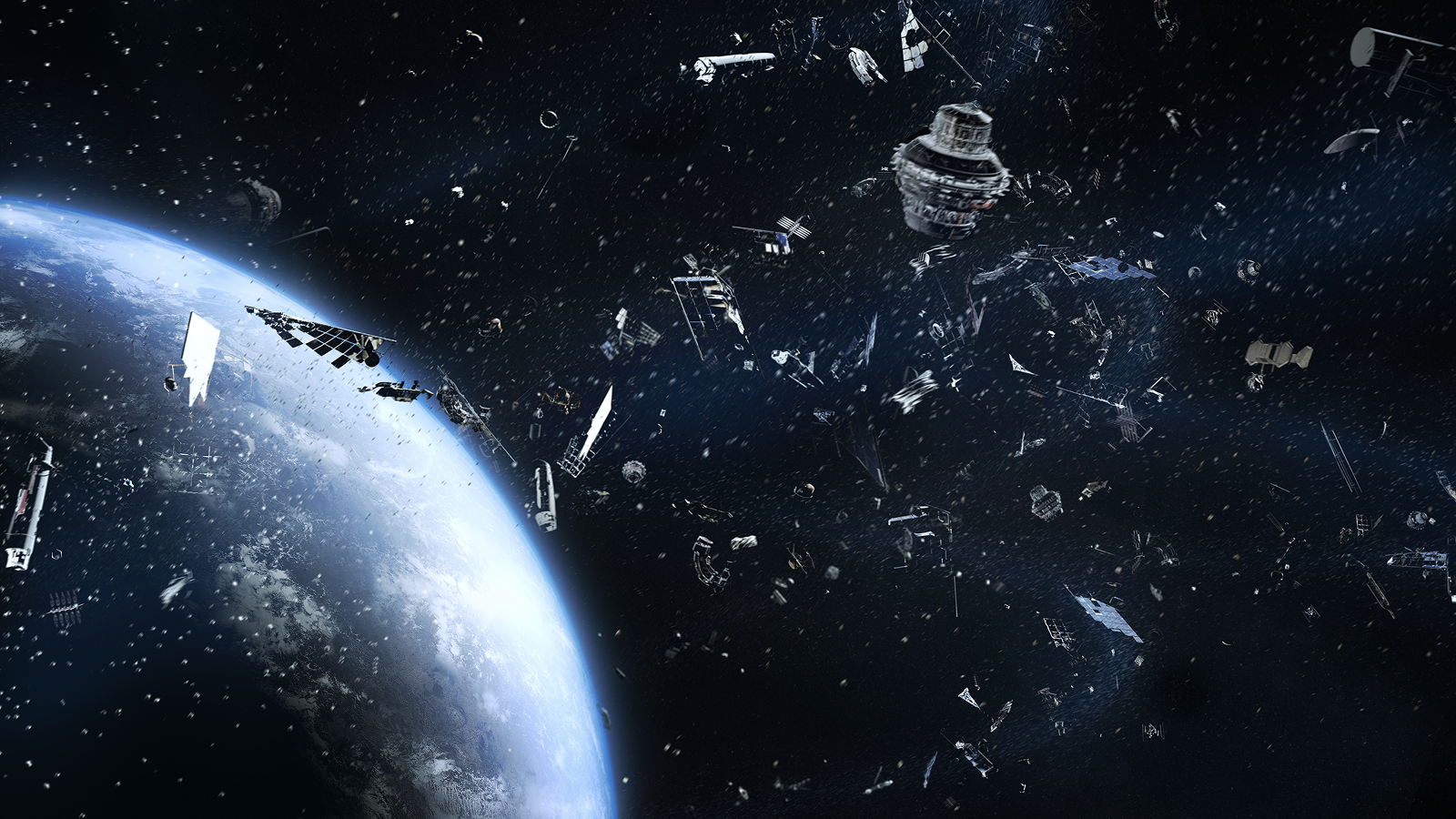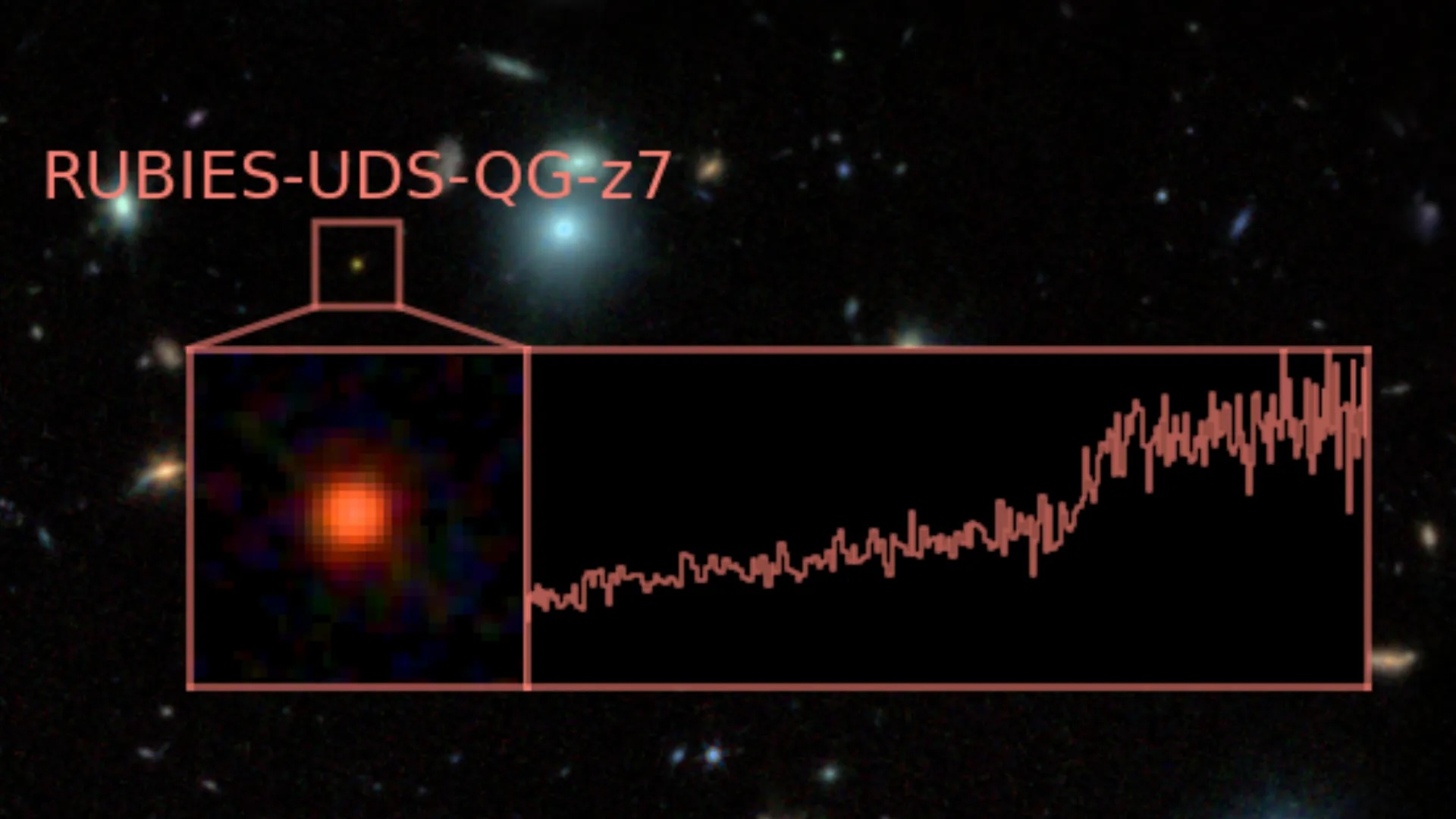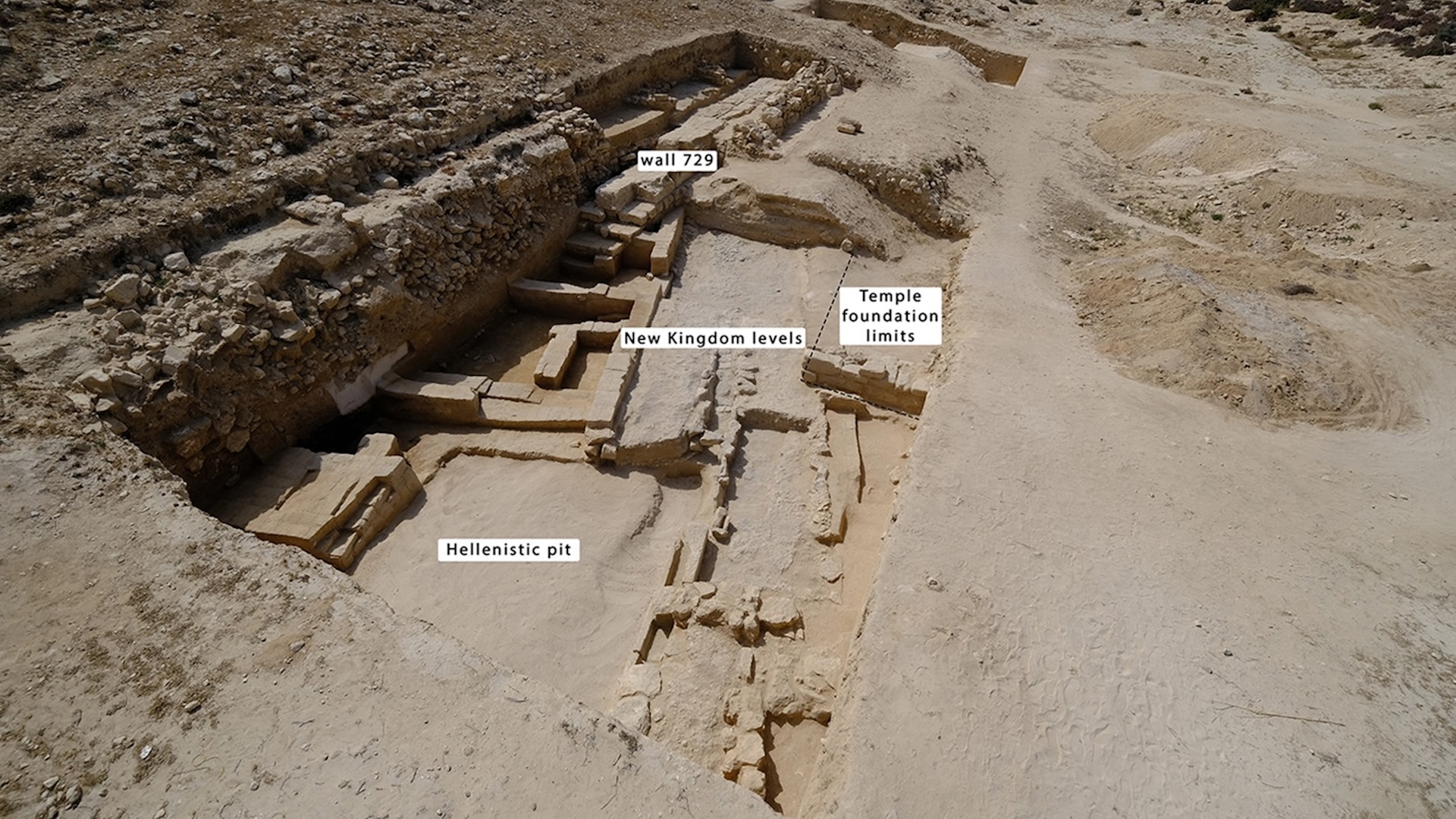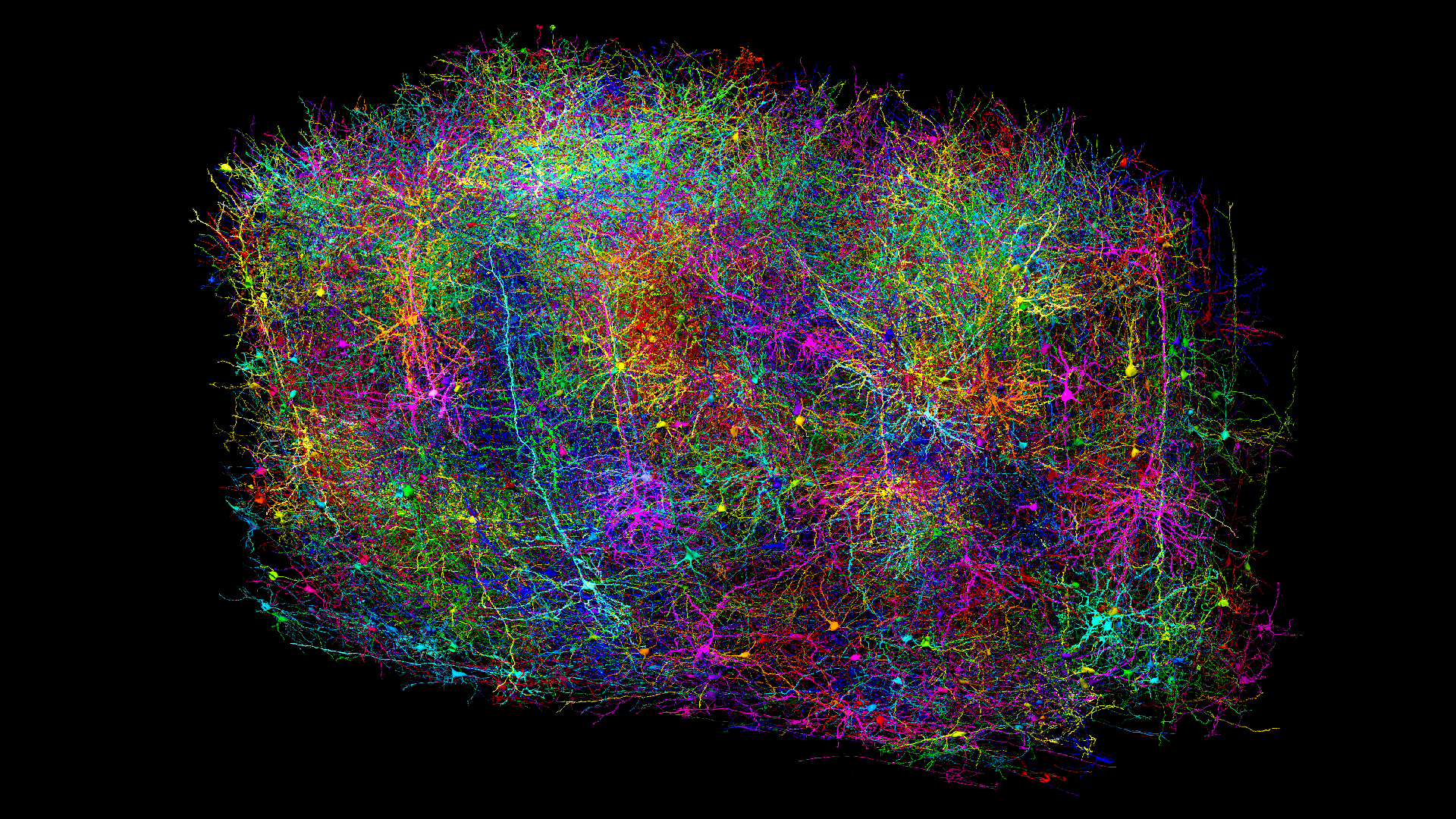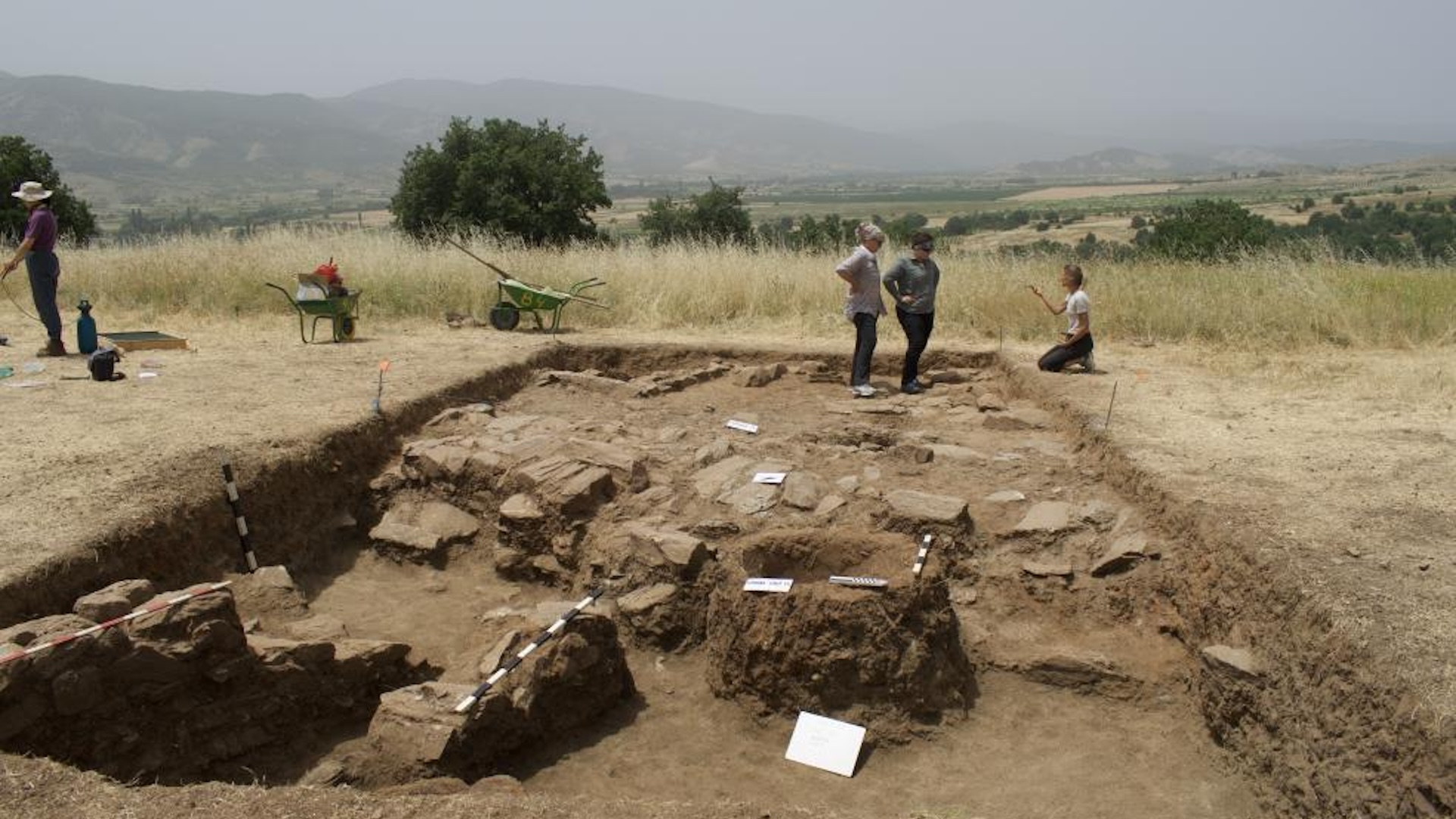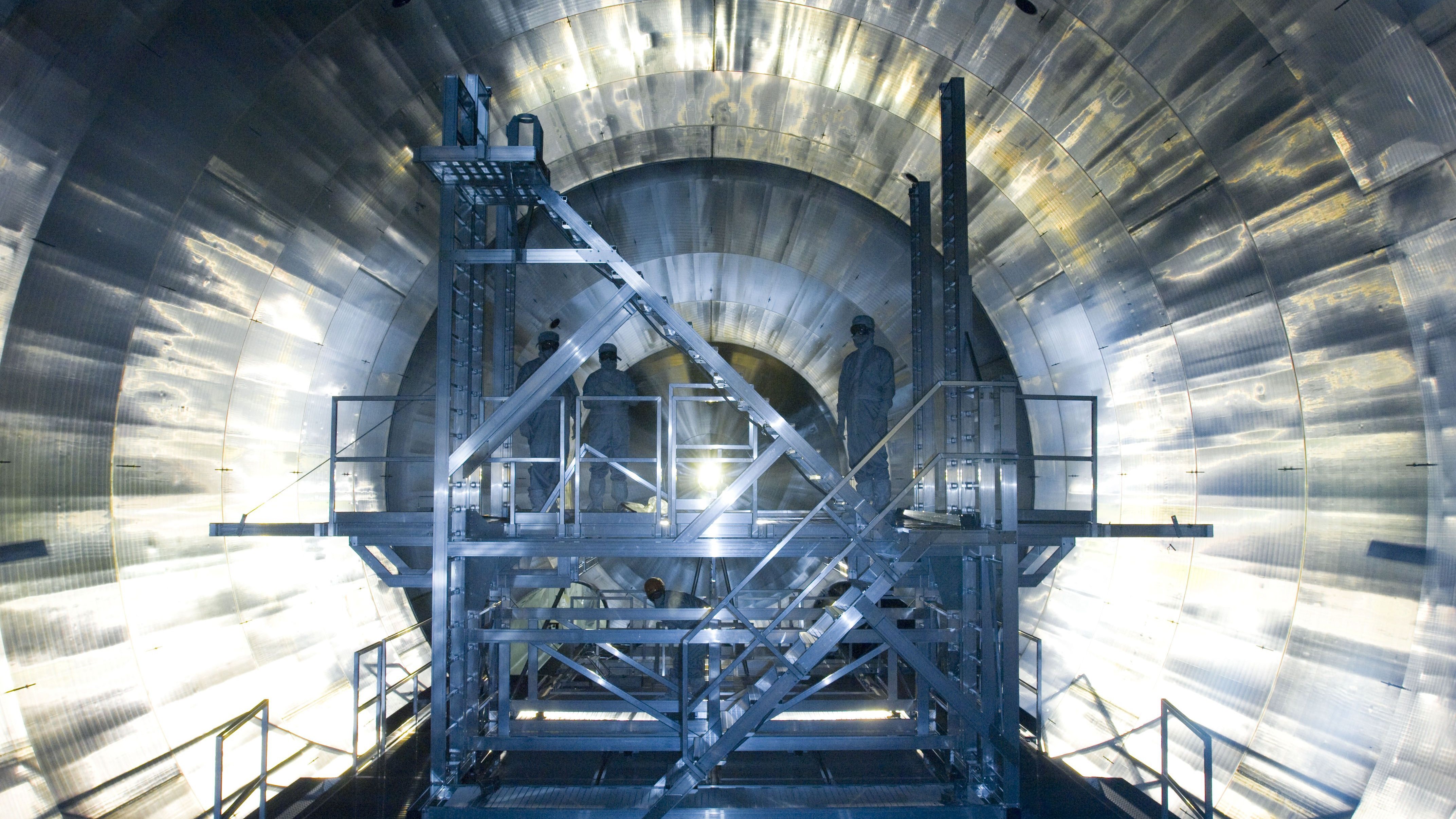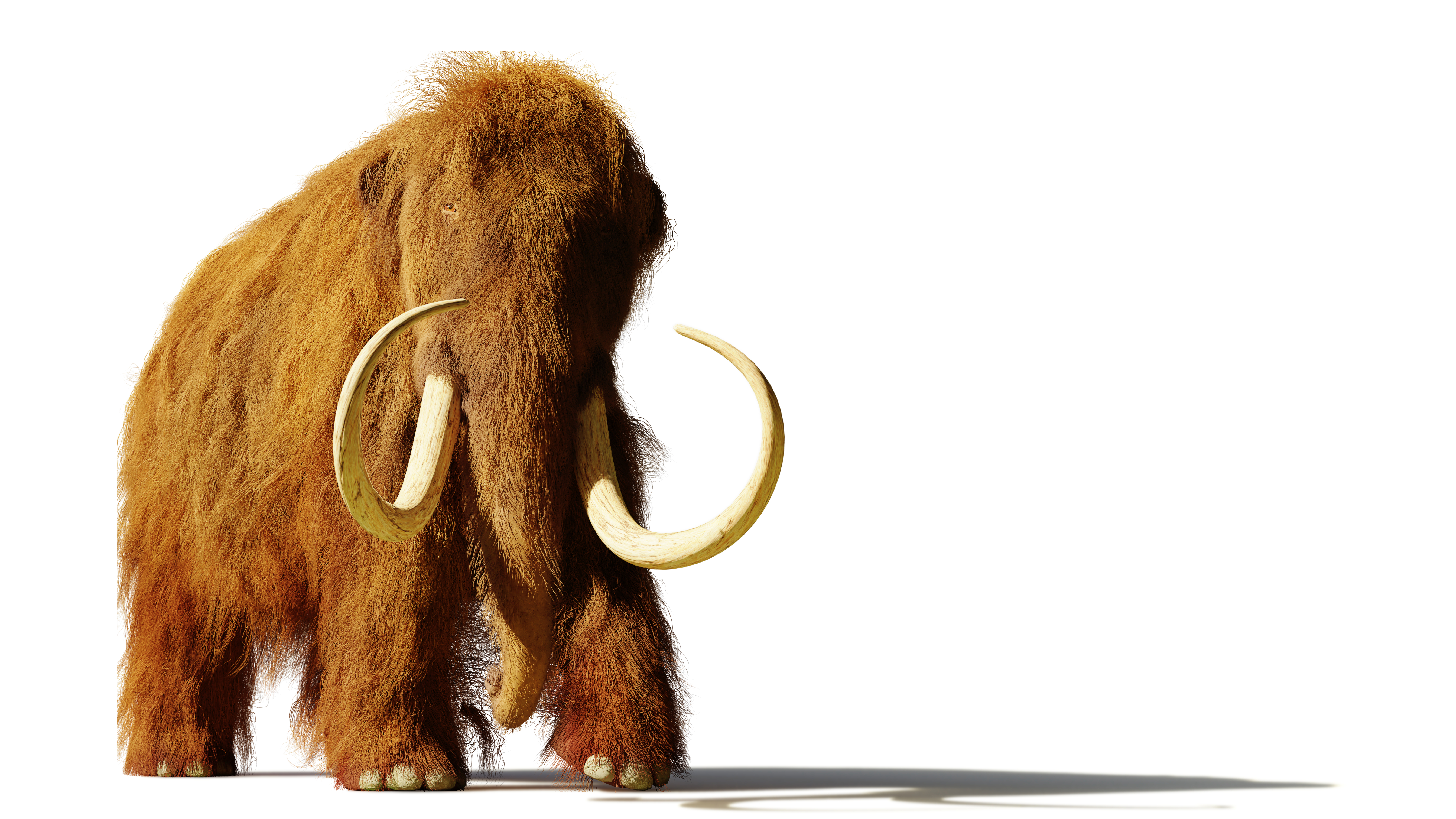Astronomers are shocked to find our galaxy's nearest neighbor is being torn to shreds
An analysis of star movements from the Gaia spacecraft reveals that the Small Magellanic Cloud — a satellite galaxy bound to the Milky Way — is being torn apart by its larger neighbor.
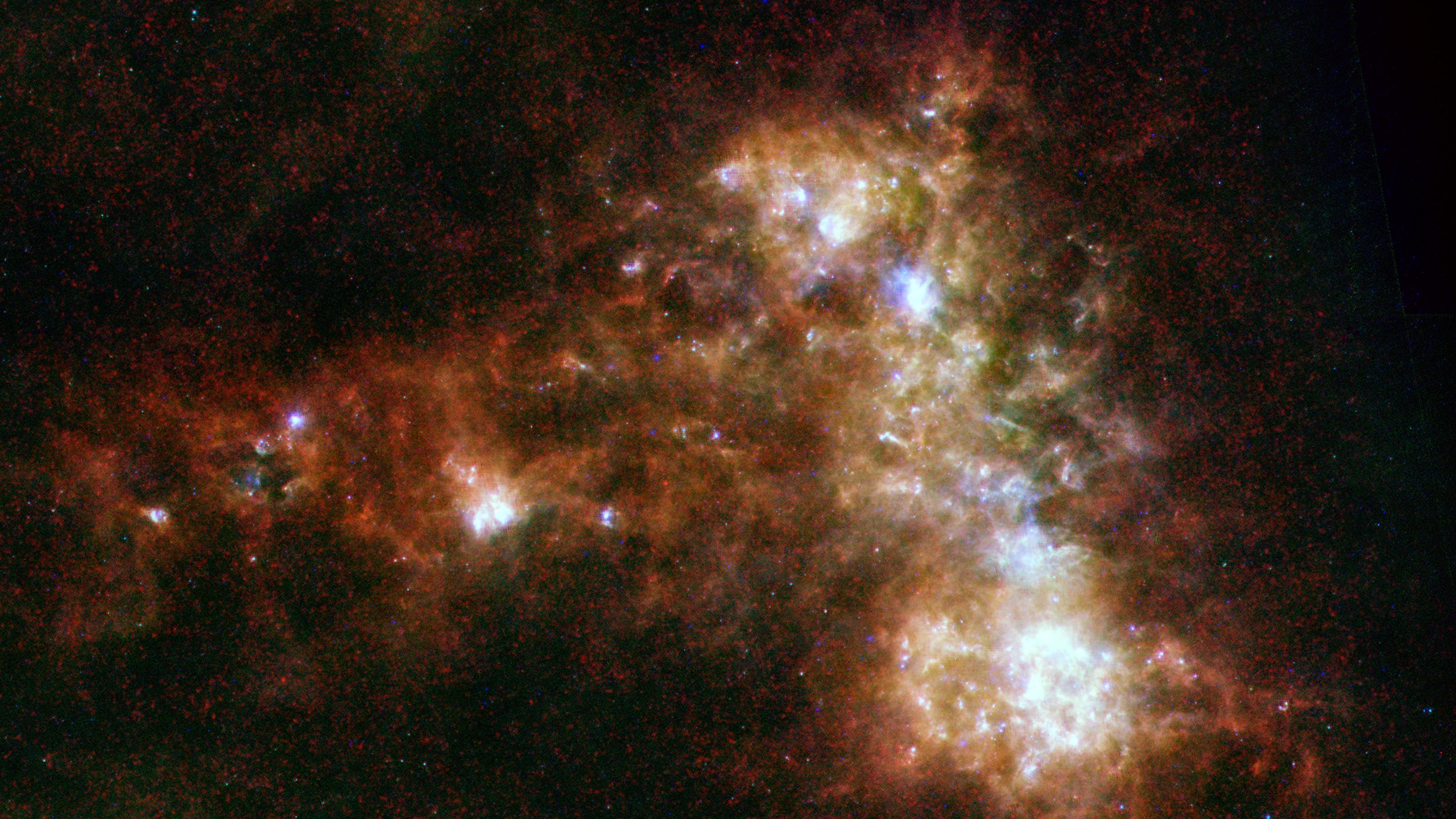
Astronomers have uncovered shocking evidence that one of the closest galaxies to our own is being torn to shreds by its neighbor.
Located around 200,000 light-years from Earth, the Small Magellanic Cloud (SMC) is a dwarf galaxy that, alongside its neighbor the Large Magellanic Cloud (LMC), is gravitationally bound to our Milky Way. The two satellite galaxies orbit alongside ours and, in a few billion years, will collide and merge with the Milky Way.
But before that far-future date, a new analysis of star patterns has revealed that a different fate may be in store for the SMC: being torn apart by its larger neighbor. This dire prediction was published April 10 in The Astrophysical Journal Supplement Series.
"When we first got this result, we suspected that there might be an error in our method of analysis," co-author Kengo Tachihara, an astronomer at Nagoya University in Japan, said in a statement. "However, upon closer examination, the results are indisputable, and we were surprised."
Alongside our Milky Way and the LMC, the SMC is part of the Local Group, a collection of roughly 30 galaxies in our cosmic backyard. The SMC’s triangle-shaped patch of a few hundred million stars is relatively small, measuring just 7,000 light-years across compared to our own galaxy's 100,000 light-year diameter, and circles the LMC once every 900 million years and the Milky Way about once every 1.5 billion years.
Yet despite the SMC’s proximity to us, the galaxy's relatively small size and the obscuring effects of interstellar gas and dust have made observing it tricky.
Sign up for the Live Science daily newsletter now
Get the world’s most fascinating discoveries delivered straight to your inbox.
To peer into the SMC’s inner workings, the researchers turned to the European Space Agency's recently retired Gaia spacecraft, which mapped the positions of roughly 2 billion stars within the Milky Way and its surrounding galaxies. By poring through Gaia's third data release, the astronomers tracked the movements of roughly 7,000 stars from within the SMC to arrive at a shocking finding.
"The stars in the SMC were moving in opposite directions on either side of the galaxy, as though they are being pulled apart," Tachihara said. "Some of these stars are approaching the LMC, while others are moving away from it.”
This unexpected movement suggests that the LMC is tugging on its smaller companion, Tachihara said, "leading to its gradual destruction."
The researchers' analysis also revealed that, unlike in our Milky Way, the massive stars tracked within the SMC were not rotating around the galaxy's axis. This suggests that something may be wrong with our understanding of the galaxy's mass and its history of interactions with the LMC and the Milky Way.
Further study of these conundrums could reveal some key insights. The SMC's low metallicity and weak gravitational potential energy means it resembles what many galaxies may have looked like during their infancy in the early universe. This means that studying the interactions between the SMC and the LMC could help astronomers understand how galaxies were sculpted over time.
"We are unable to get a 'bird's-eye view' of the galaxy in which we live – as a result, the SMC and the LMC are the only galaxies in which we can observe the details of stellar motion,” Tachihara noted. “This research is important because it allows us to study the process of star formation in connection with the motion of stars throughout the galaxy."

Ben Turner is a U.K. based staff writer at Live Science. He covers physics and astronomy, among other topics like tech and climate change. He graduated from University College London with a degree in particle physics before training as a journalist. When he's not writing, Ben enjoys reading literature, playing the guitar and embarrassing himself with chess.
You must confirm your public display name before commenting
Please logout and then login again, you will then be prompted to enter your display name.
